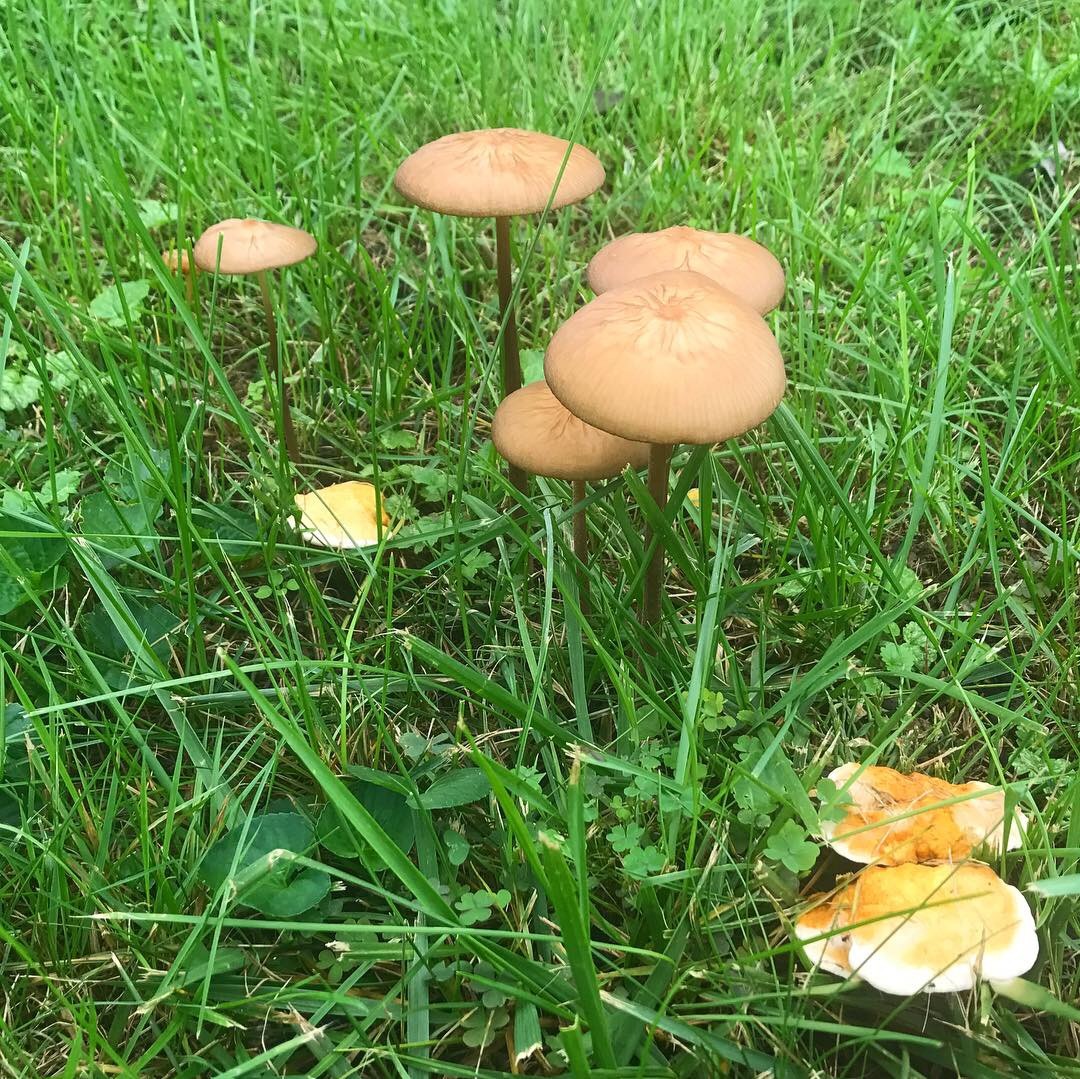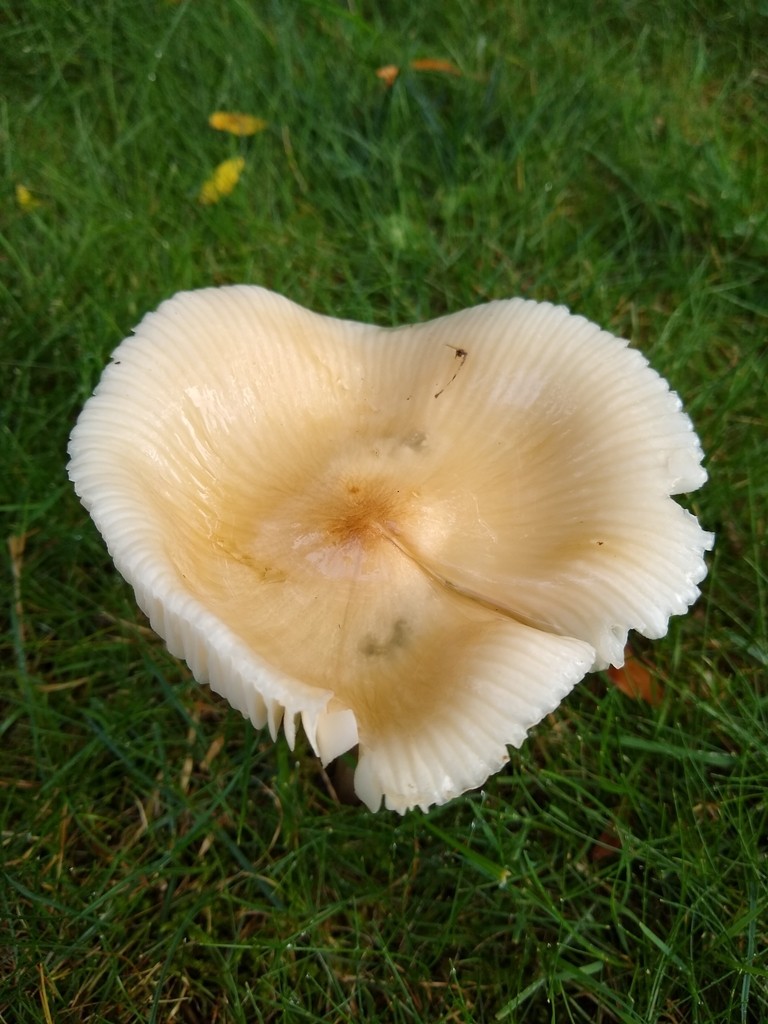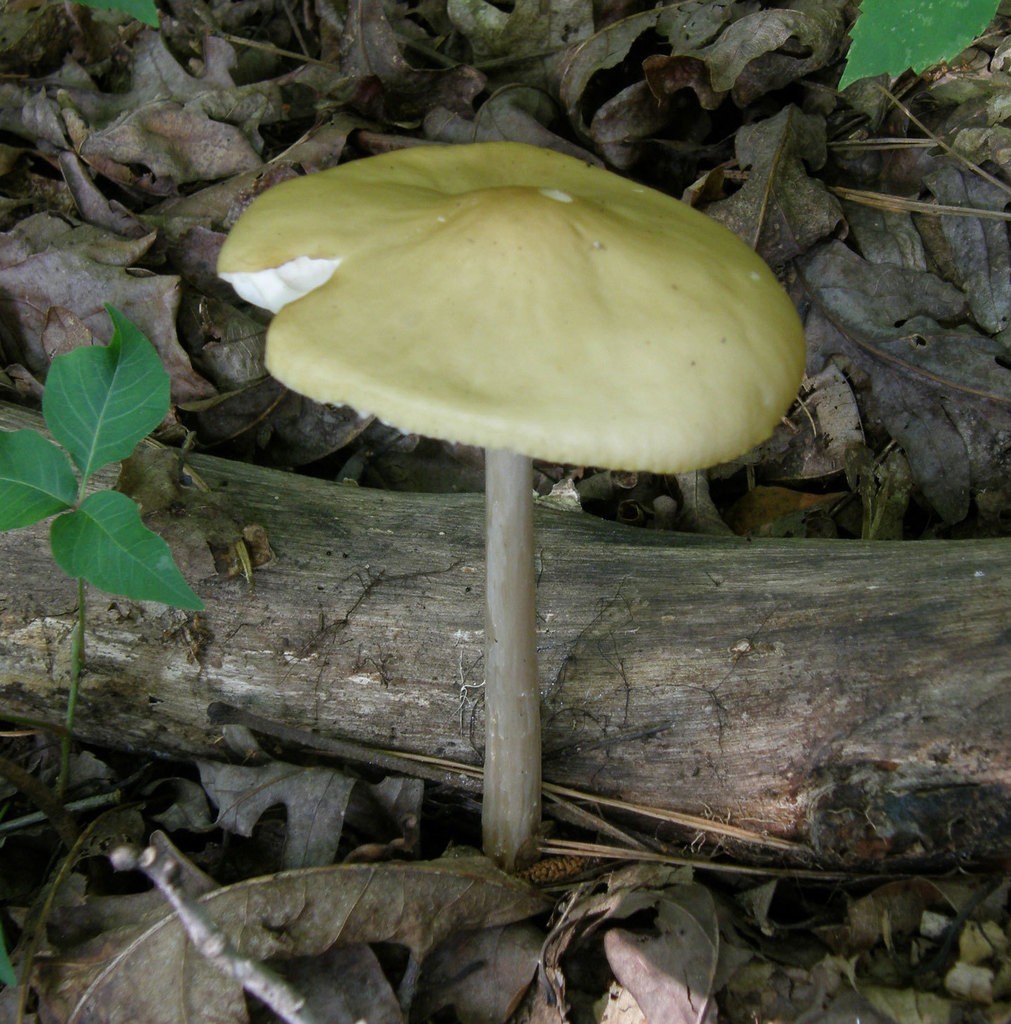Hymenopellis
Scientific name: Hymenopellis
Hymenopellis
Scientific name: Hymenopellis
 Photo By Katja Schulz , used under CC-BY-2.0 /Cropped and compressed from original
Photo By Katja Schulz , used under CC-BY-2.0 /Cropped and compressed from original Description
Hymenopellis is a fascinating group of fungi known for their delicate fruiting bodies with well-spaced gills. These mushrooms typically grow on decaying wood or buried deadwood, playing a crucial role in nutrient cycling and decomposition within forest ecosystems. A notable species, Hymenopellis furfuracea, is the largest and brownest in eastern North America, often appearing to grow from the ground but connected to hidden stumps or well-rotted wood. Their unique morphology and ecological function make hymenopellis an intriguing subject for mycologists and nature enthusiasts alike.
Species of Hymenopellis
Scientific Classification
Phylum
Club fungi Class
Mushroom-forming fungi Order
Gilled fungi Family
Physalacriaceae Genus
Hymenopellis 


